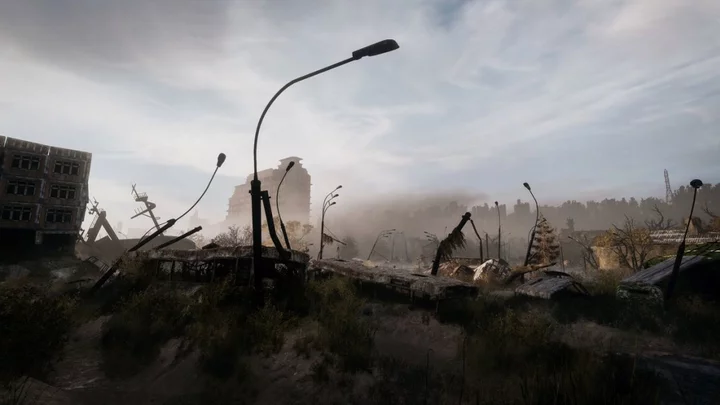A prediction about when society is most likely to collapse, made by scientists in the 1970s, has resurfaced – and it looks pretty bleak.
Scientists at the Massachusetts Institute of Technology (MIT) used a computer to model patterns like population, natural resources and energy usage.
The study, published by Club of Rome, picked out when these factors could hit “limits to growth”, which they said could lead to the downfall of modern life as we know it.
They think we’ve got fewer than two decades left, with collapse due in 2040. Gulp.
Sign up to our free Indy100 weekly newsletter
At the time, the report wasn’t given much credence. But a similar study was carried out in 2009, and came up with similar results.
Published by American Scientist, the more recent study found that the model’s results were “almost exactly on course”.
"It is important to recognise that its predictions have not been invalidated and in fact seem quite on target. We are not aware of any model made by economists that is as accurate over such a long time span," the study said.
And to make matters worse, Dutch sustainability researcher Gaya Herrington concurred with the prediction in 2021.
Speaking to The Guardian, Herrington said: “From a research perspective, I felt a data check of a decades-old model against empirical observations would be an interesting exercise.”
Herrington found that data aligned with the predictions made back in 1972, which had a worse case scenario of economic growth coming to halt at the end of this decade, and collapse around 10 years later.
Thankfully, there was a reason to be cheerful too.
She added: “The key finding of my study is that we still have a choice to align with a scenario that does not end in collapse.
"With innovation in business, along with new developments by governments and civil society, continuing to update the model provides another perspective on the challenges and opportunities we have to create a more sustainable world.”
Have your say in our news democracy. Click the upvote icon at the top of the page to help raise this article through the indy100 rankings.









